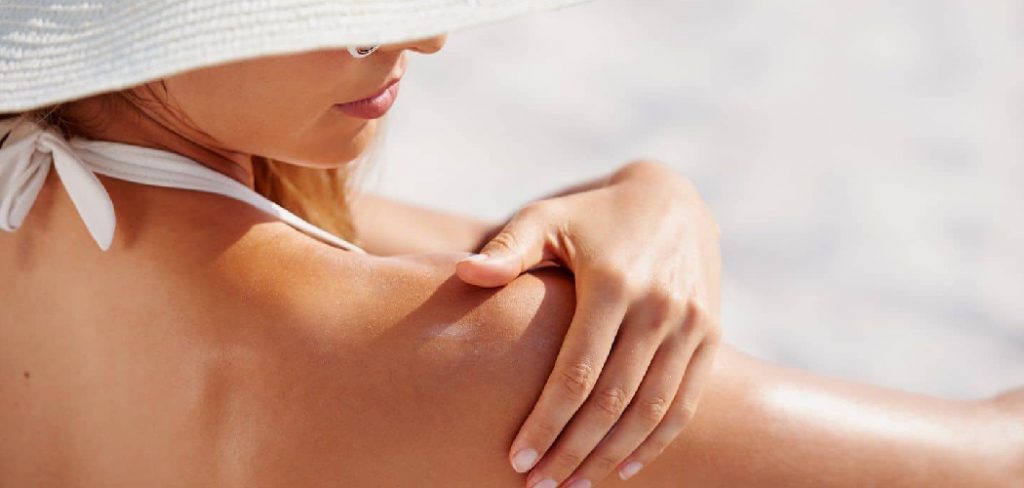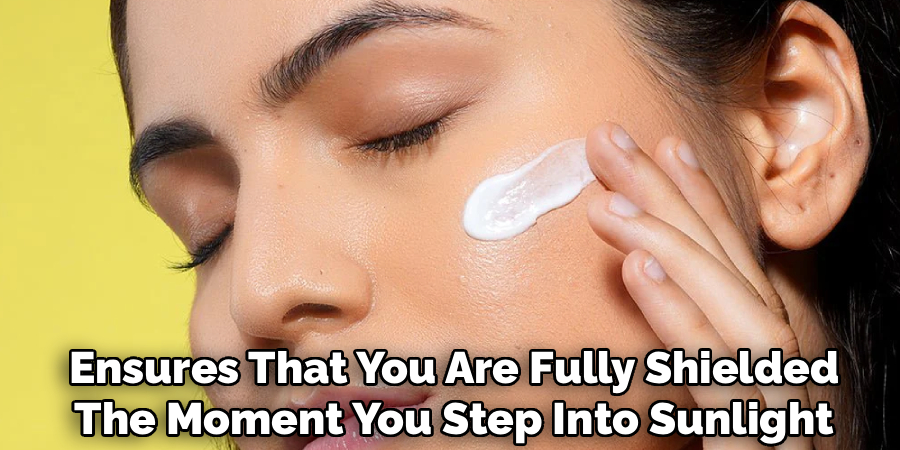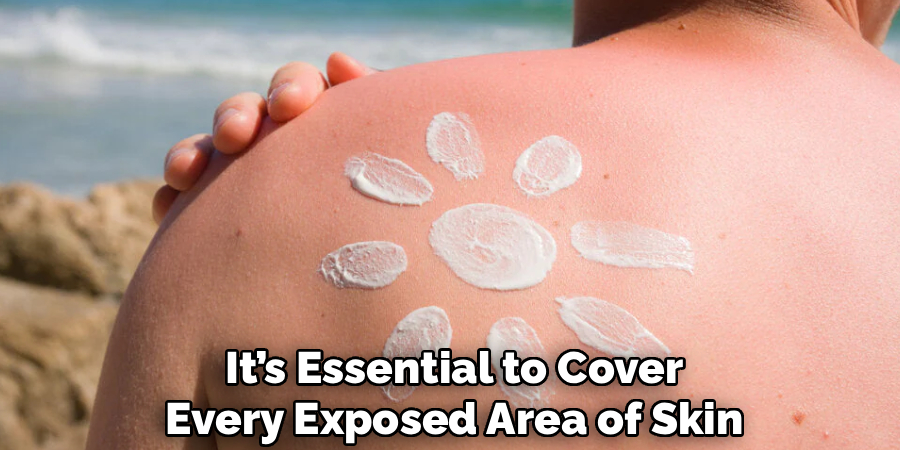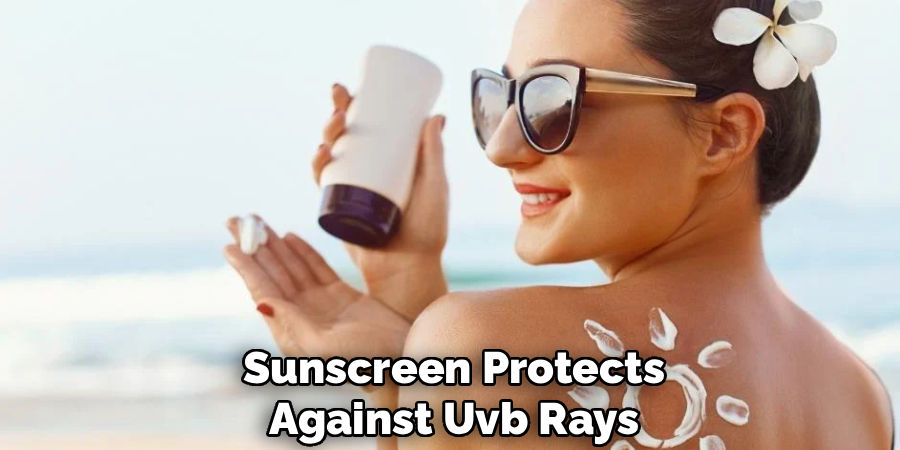Protecting your skin from harmful UV rays is essential, and using sun cream is one of the most effective ways to do so. Whether you’re spending a day at the beach, hiking under the sun, or simply going about your daily routine, applying sun cream can help prevent sunburn, premature aging, and even reduce the risk of skin cancer.

This guide will help you understand how to use sun cream properly to ensure maximum protection for your skin.
What is Sun Cream?
Sun cream, also known as sunscreen or sunblock, is a skincare product designed to protect your skin from the sun’s ultraviolet (UV) radiation. It works by either absorbing, reflecting, or scattering UV rays to minimize damage to the skin. Sun creams typically come in various forms, including lotions, sprays, gels, and sticks, making them easy to apply based on personal preference.
The main ingredients in sun cream are either chemical filters, which absorb UV radiation, or physical blockers, such as zinc oxide or titanium dioxide, which act as a shield by reflecting sunlight away from the skin. Regular use of sun cream not only helps prevent sunburn but also decreases the likelihood of skin damage and long-term conditions, including skin cancer.
Why Using Sun Cream Is Essential
Sun cream serves as a vital shield against the sun’s harmful ultraviolet (UV) rays, which can cause significant damage to your skin over time. Prolonged exposure to UV radiation without protection increases the risk of sunburn, premature aging, dark spots, and in severe cases, skin cancer. Sun cream works by either absorbing or reflecting UV rays, creating a barrier that helps maintain your skin’s health and appearance.
Additionally, regular use of sun cream aesthetic can prevent the breakdown of collagen and elastin in the skin, which are responsible for keeping it firm and youthful. No matter your age or skin type, incorporating sun cream into your daily routine is an essential step toward preserving your skin’s well-being.
10 Methods How to Use Sun Cream
1. Choose the Right Sun Cream for Your Skin Type
Before applying any sun cream, it’s crucial to select one that suits your skin type. Individuals with oily or acne-prone skin should opt for a non-comedogenic, oil-free formula, while those with dry skin may benefit from moisturizing sunscreens containing ingredients like hyaluronic acid or glycerin.

Sensitive skin types should choose mineral or physical sunscreens with zinc oxide or titanium dioxide, which are less likely to cause irritation. Choosing a product with a broad-spectrum label ensures protection against both UVA and UVB rays, which contribute to aging and burning respectively.
2. Apply the Correct Amount of Sun Cream
Many people underestimate the amount of sun cream needed to cover their skin effectively. A general guideline is to use about a nickel-sized amount for the face alone and approximately one ounce (a shot glass full) for the entire body. Under-application significantly reduces the level of protection, making even high-SPF products less effective. When applying, make sure to spread the sun cream evenly and generously, covering every exposed area, including often-forgotten spots like the ears, neck, and tops of feet.
3. Apply Sun Cream Before Sun Exposure
To maximize its protective benefits, sun cream should be applied at least 15 to 30 minutes before going outdoors. This allows the ingredients to bind properly to the skin and form an even barrier against UV rays. Applying it too late, such as after you’ve already started sweating or swimming, can compromise its effectiveness. Preparing your skin in advance ensures that you are fully shielded the moment you step into sunlight, particularly during peak UV hours between 10 AM and 4 PM.

4. Reapply Regularly for Continued Protection
One of the most common mistakes people make is neglecting to reapply sun cream throughout the day. Sunscreen typically wears off due to sweat, water exposure, or simple contact with clothing and towels. To maintain protection, it should be reapplied every two hours, or immediately after swimming, sweating, or toweling off. Even water-resistant sunscreens require reapplication to remain effective. Consistent reapplication is key to preventing cumulative UV damage over time.
5. Don’t Rely Solely on Makeup with SPF
While many cosmetic products such as foundations, moisturizers, and BB creams contain SPF, they are not a substitute for dedicated sun cream. The SPF levels in makeup are generally too low, and the amount typically applied is insufficient to offer adequate protection. For proper defense, apply a layer of broad-spectrum sunscreen before your makeup routine begins. Allow the sunscreen to absorb into the skin before applying foundation or powder to avoid smearing or dilution.
6. Use Daily—Even on Cloudy or Indoor Days
UV rays can penetrate clouds and even glass, meaning that sun exposure occurs even on overcast days or when you’re indoors near windows. Therefore, sun cream should be a year-round, daily part of your skincare regimen. Make it a habit to apply sun cream every morning, whether you’re going to the beach, walking to work, or staying at home. This consistent protection helps reduce long-term skin damage and lowers the risk of skin cancer.
7. Cover All Exposed Skin, Including Overlooked Areas
When applying sun cream, it’s essential to cover every exposed area of skin—not just the face and arms. Commonly missed spots include the ears, back of the neck, scalp (especially if you have thinning hair), the tops of the feet, behind the knees, and even the hands. These areas are particularly vulnerable to sunburn and premature aging. For those with short hair or bald spots, using a spray sunscreen on the scalp or wearing a hat provides additional protection.
8. Let Sun Cream Absorb Before Sun Exposure
After applying sun cream, give it time to fully absorb and form a protective layer on the skin. Rushing out the door immediately after applying can reduce its ability to bond with the skin and protect effectively. Ideally, wait at least 15 minutes before sun exposure. This is especially important when using chemical sunscreens, which need time to activate. Physical sunscreens, on the other hand, begin protecting as soon as they’re applied but can still benefit from a brief settling period.

9. Use Sunscreen in Conjunction with Other Protective Measures
While sun cream is a powerful defense against UV rays, it should not be your only line of protection. Combine it with physical barriers like wide-brimmed hats, UV-protective clothing, and sunglasses to increase your defense. Seek shade during the sun’s peak hours and be mindful of reflective surfaces like water, sand, and snow that can amplify UV exposure. Using a layered approach ensures that even if one form of protection fails, others will still offer coverage.
10. Choose the Right SPF Level for Your Needs
SPF, or Sun Protection Factor, indicates how well a sunscreen protects against UVB rays. An SPF 30 blocks about 97% of UVB rays, while SPF 50 blocks about 98%. Higher SPF values may offer slightly more protection but no sunscreen blocks 100% of rays. For most people, SPF 30 is sufficient for daily use, but those with fair skin, a history of skin cancer, or prolonged outdoor exposure may benefit from a higher SPF. Remember that SPF is only effective when reapplied correctly and used in the right quantity.
Troubleshooting Common Issues
Even with proper sunscreen use, there are common issues that may arise, reducing its effectiveness. One frequent problem is uneven application, which can leave certain areas of the skin exposed to harmful UV rays. To avoid this, apply sunscreen generously and evenly, ensuring all areas, including often-missed spots like the ears, neck, and feet, are covered.
Another issue is failing to reapply sunscreen after sweating, swimming, or extended time outdoors. Sunscreen should be reapplied every two hours or immediately after water exposure. Additionally, using expired sunscreen can compromise protection. Always check the expiration date and store sunscreen in a cool, dry place to maintain its effectiveness. If irritation or allergic reactions occur, switch to a sunscreen formulated for sensitive skin or consult with a dermatologist.
Safety Considerations
When using sunscreen, it’s crucial to practice additional safety measures to ensure effective sun protection. Avoid prolonged exposure to direct sunlight during peak hours, typically between 10 a.m. and 4 p.m., when UV rays are the strongest. Wearing protective clothing such as wide-brimmed hats, UV-blocking sunglasses, and lightweight long-sleeved shirts can provide an extra layer of defense.

Remember to hydrate regularly to combat the dehydrating effects of heat and sun exposure. If you are in high-altitude or tropical locations, be mindful that UV intensity is higher, requiring extra precautions. Lastly, pay attention to any changes in your skin and consult a healthcare professional if you notice unusual spots or changes in moles, as early detection of skin issues is vital for overall health.
Conclusion
Using sun cream properly is more than just squeezing a dollop and rubbing it on your face—it involves thoughtful selection, generous application, and consistent reapplication. By following these ten methods, you can significantly reduce your risk of sunburn, prevent premature aging, and protect yourself against the long-term threat of skin cancer.
Now that you know how to use sun cream, try it yourself today and feel good about completing such a big DIY job!
About the Author
Jane Hubbard is a passionate beauty expert with a wealth of experience in makeup, hair, and overall beauty techniques. After years of working as a hairdresser specialist, she followed her entrepreneurial spirit and started her own consultancy business.
Jane has always been driven by her desire to help others feel confident in their own skin, and she does this by sharing her knowledge, experiences, and practical beauty tips. Through her consultancy, she empowers individuals to embrace their unique beauty, offering tailored guidance that boosts both self-esteem and personal style.
Professional Focus
- Specializes in makeup, hairstyling, and beauty consulting.
- Provides personalized beauty advice, tips, and techniques to help individuals feel confident in their appearance.
- Dedicated to staying up-to-date with the latest industry trends and developments.
- Passionate about creating a comfortable and empowering experience for every client.
Education History
- University of Craft and Design – Bachelor of Fine Arts (BFA) in Woodworking and Furniture Design
- Woodworking Apprenticeships – Extensive hands-on training with skilled craftsmen to refine carpentry and furniture making techniques
- Online Courses & Masterclasses – Continued education in advanced woodworking techniques, design principles, and specialized tools
Expertise:
- Makeup artistry, hairstyling, and beauty consulting.
- Personalized beauty techniques to enhance confidence and self-expression.
- Educating clients on how to maintain their beauty routines at home.
